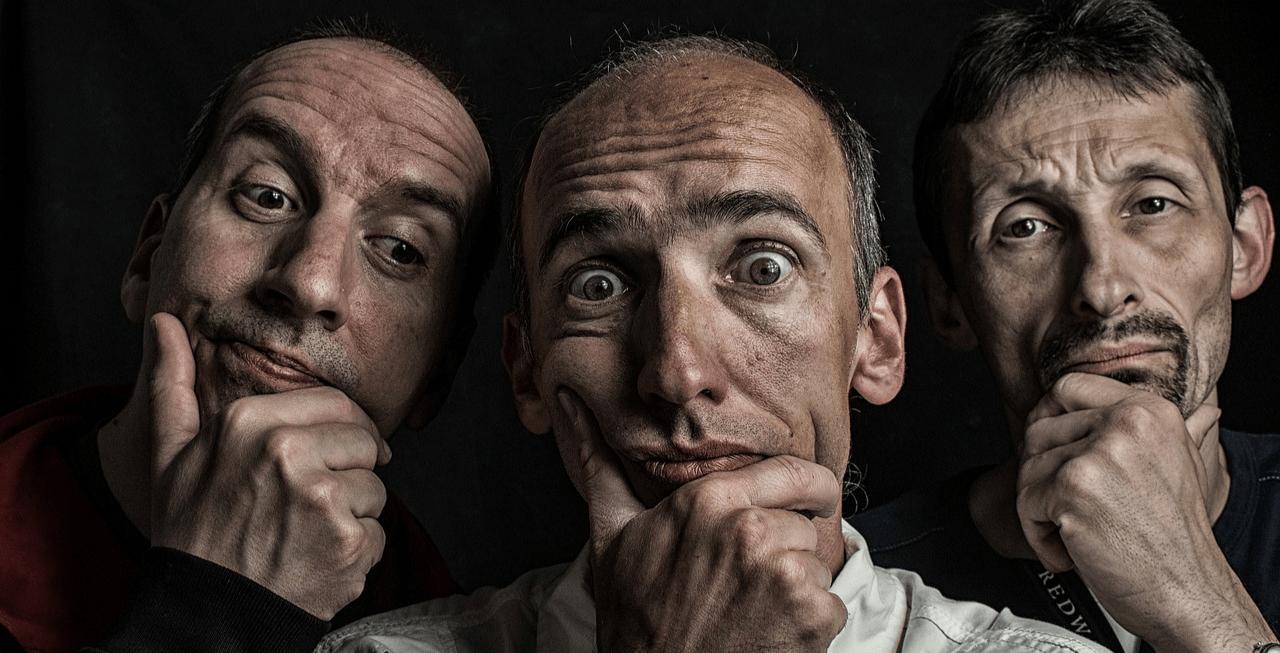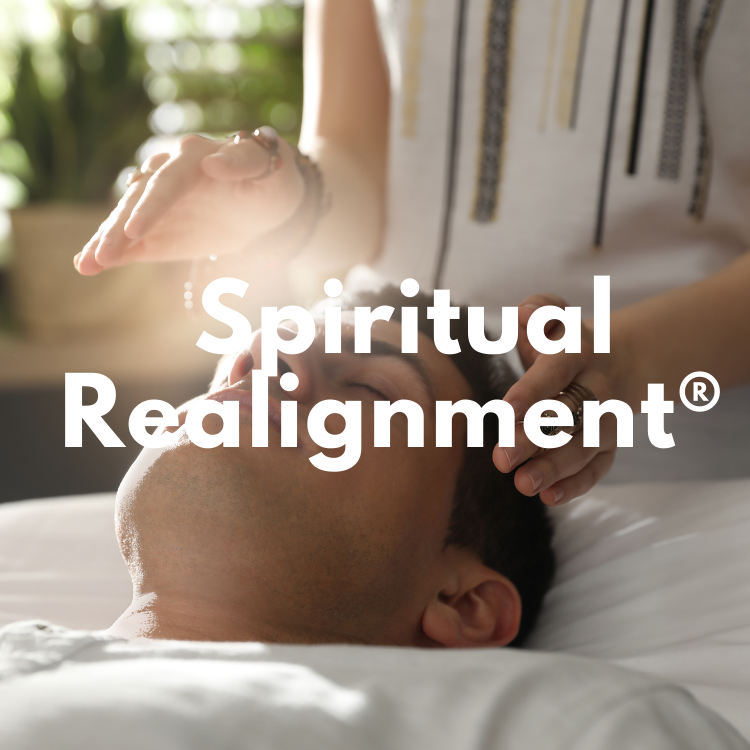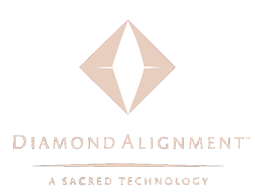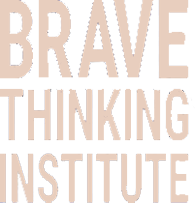There are over fifty different indicators that can signal deception, but a single indicator is not proof of lying. Any gesture can have more than one explanation and must be seen from the overall context. Yet, used correctly, becoming aware of possible deception indicators can open the door to a deeper inquiry.
For example, it is almost universally accepted that covering one’s mouth or talking through one’s hand while speaking is a gesture that indicates the speaker is unsure of what he is saying. But is he lying?…just
unsure of the accuracy of his statement?…or is he covering up yellow teeth or fear of bad breath?
The mouth covering gesture seen from a subconscious level is almost like trying to catch one’s words like the speaker might want to take them back. However, an immediate attack on the speaker’s credibility may drive him deeper into denial. Patience and closer observation can be the key.
Every time a neuron fires in the brain there are subtle corresponding emotional and physical reactions in the face and body. Most are undetectable but these reactions are usually congruent because they all point to the same underlying cause and often come in clusters.
A better approach when there is a suspicion of deception is first noticed, make a mental note of what topic was being discussed when the gesture occurred. Is this a gesture or a habit? Do they use it even when they are reporting truthful information? Before you jump to a conclusion, recall if you can, whether the person has previously spoken in that manner.
Next, after having left the topic until the subject has relaxed and is no longer making the gesture, circle the conversation around and bring it up again. Notice if the gesture is repeated or if reintroducing the topic causes a stress response in the eyes. Finally, be aware of additional deception indicators.
Simply covering one’s mouth when speaking may not indicate lying but if accompanied by a cluster of additional concealment responses the action requires closer scrutiny. For example, if the subject covers his mouth and also looks away at the moment he answers, or begins to blink rapidly, or wets his lips, or constantly clears his throat, or rubs his nose, or scratches his head while talking, or puts his hand to his throat, or rubs the back of his neck, your deception detection bells should start ringing.
The best interrogation technique is not to jump to a direct accusation. After the second time you notice a deception indicator when discussing a topic that you are testing, ask him, “Are you sure?” Such a direct question can be answered with a simple“yes”. It can also make him defensive, in which case you will know he is not sure of what he has said.
Many gestures are sub-conscious responses. We are often unaware of how much information they communicate. Included is a list of possible deception indicators with questions that may arise in your own mind when you see them:
FACIAL EXPRESSIONS
SMILE – is it appropriate to the topic or “trust me” grin?
FROWN – having to think hard on the answer?
SMIRK – trying to pull one over?
LAUGH – does it sound nervous?
SNEER – contempt?
SQUINT – looking for the right answer?
STARE – hiding behind a blank expression?
BREAK EYE CONTACT – afraid the lie will be seen?
RAISED EYEBROWS – alarm or apprehension?
DILATING PUPILS – a psychological response?
CLOSING EYES – don’t want to be seen lying?
RAPID BLINK – nervously rebooting your memory bank?
STARTLED LOOK – caught like a deer in the headlights?
WORRIED LOOK – can they see me sweating?
FACE LOSING COLOR – fear taking over?
OPEN MOUTH – dumbfounded?
TIGHT LIPS – holding it all in?
STICKING LIPS – does lying make your mouth dry?
BITING OF CHEEK – chewing on the answer?
BITING OF LIPS – don’t want to let out the truth?
WETTING LIPS – dry mouth again?
ADAM’S APPLE BOBS – hard for country boys to lie?
GESTURES
NOD – who are you trying to convince?
HEAD SHAKE – mouth says “yes” head says “no”?
TOUCHING CHEEK – trying to comfort yourself?
WRINGING HANDS – are you worried about something?
HAND STOP SIGN – don’t want to go there?
COVERING EYES – trying to hide?
COVERING MOUTH – unsure of what you are saying?
SHOWING PALMS – are your hands clean?
MAKING FIST – getting a little tense?
POINTING FINGER – needing someone to blame?
SCRATCHING HEAD – getting frustrated, can’t remember the truth?
RUBBING FACE – trying to wipe it all away?
CRACKING KNUCKLES – nervous about something?
PICKING LINT – to busy picking lint to answer the question?
SWATTING FLY – something bugging you?
STEEPLE GESTURE – trying to look more confident than you feel?
TAPPING FINGERS – feeling trapped?
BITTING FINGERNAILS – chewing your way out of a predicament?
BODY LANGUAGES
HEAD BOWING DOWN – humbled by the truth?
LOOKING AWAY – don’t want to face it?
HEAVY GULP – your story hard to swallow?
RAPID BREATHING – starting to panic?
DRY COUGH – getting choked up?
NERVOUS TIC – body giving you away?
SHOULDERS SHRUGGING – trying to shrug it off?
CONSTANTLY CLEARING THROAT – choking on the truth?
ARMS FOLDING – defensive about something?
RUBBING BACK OF NECK – feeling some frustration?
PUTTING HAND ON THROAT – holding something back?
TOUCHING OR RUBBING NOSE – having doubts or saying “no”?
WRIST CROSSING – feeling handcuffed?
BODY SLUMPING – feeling defeated?
HANDS OPENING AND CLOSING – what are you trying to grasp?
LEANING BACK – passive-aggressive?
LEANING FORWARD – bulling your way through?
RESTLESS BODY ANTHILL SITTER – on the hot seat?
FOOR POINTING AWAY – wanting to exit?
TOES TAPPING FLOOR – trying to dance around the issue?
LEGS CROSSING AND RE-CROSSING – hard to get comfortable?
Spotting deception is an art, not science and no indicators are infallible. It is important to remember that a successful interview or interrogation is not imposing your personal judgments on the interviewee but rather getting them to open up and communicate truthfully. Developing an ability to quickly detect deception and yet remain open and non-judgmental will create the feeling in the person being questioned that lying is hopeless.
While gestures, like words, have no absolute or consistent meaning, it is also true that it is impossible to not communicate. On one level every action and response is communication. The objective is to become aware of this hidden level of subconscious communication. By putting yourself in the place of the person being interviewed and empathizing with his body positions and tensions you can often have an intuitive insight into the gesture’s meaning.
Practice the above examples and see if you can become aware of the feeling you are having while doing them.
About the author: Mac Fulfer is an attorney who initially became interested in face reading for the purpose of jury selection. After years of practice and study, he wrote Amazing Face Reading, a guide to reading faces. Mac’s use of face reading has provided an amazing breakthrough in communication. He has presented over 1500 talks on face reading to Fortune 500 companies, the American Bar Association, meeting planners, doctors, psychologists, teachers, the military, social workers, auditors, human resource professionals, and realtors to name just a few.
Learn more at http://www.amazingfacereading.com/.






































